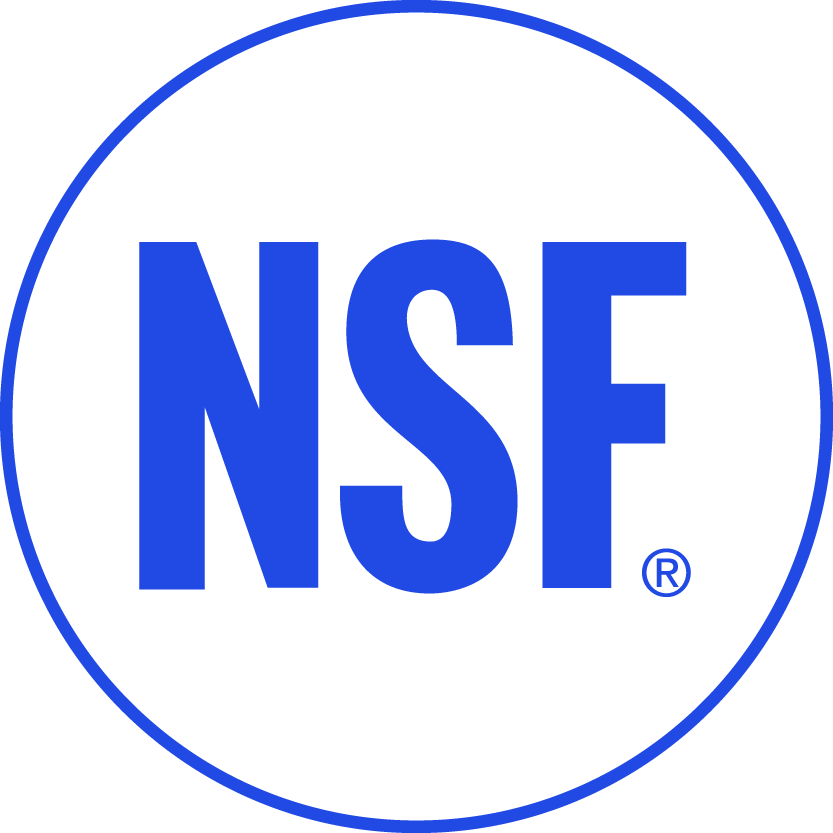Water Treatment Chemicals
Our expertise encompasses all areas of water distribution including water treatment chemical testing, certification, research and development. NSF certification can ensure that your product meets regulatory requirements across North America with certification to NSF/ANSI/CAN 60. Additionally, through our global network, we can offer you the ability to access new international markets such as China, Brazil, the Middle East and Africa. Get certified by NSF – the most widely recognized and respected certification mark in the drinking water industry.
NSF/ANSI/CAN 60 Certification Requirements
If you manufacture, sell or distribute water treatment chemicals in North America, your products are required to comply with NSF/ANSI/CAN 60: Drinking Water Treatment Chemicals – Health Effects by most governmental agencies that regulate drinking water supplies. Developed by a team of scientists, industry experts and key industry stakeholders, NSF/ANSI/CAN 60 sets health effects criteria for many water treatment chemicals including:
- Corrosion and scale inhibitors
- Coagulants and flocculants
- Disinfection and oxidation chemicals
- pH adjustment, softening, precipitation and sequestering chemicals
- Well drilling aids
- All other specialty chemicals used in drinking water treatment
Pool Chemicals
As a world leader in testing and certification for recreational water products, NSF was the first to publish an American National Standard to address the health effects of pool and spa treatment chemicals. This addition to longtime industry standard NSF/ANSI 50: Equipment for Pools, Spas, Hot Tubs and Other Recreational Water Facilities addresses the risk and toxicity of pool chemicals. The standard now provides criteria for testing for trace contaminants in chemicals, which are used in the treatment and circulation systems of swimming pools, spas and water parks.
The scope of this addition to NSF/ANSI 50 includes criteria for the evaluation of pool and spa treatment chemicals for the effects of dermal contact, inhalation and ingestion exposures.









